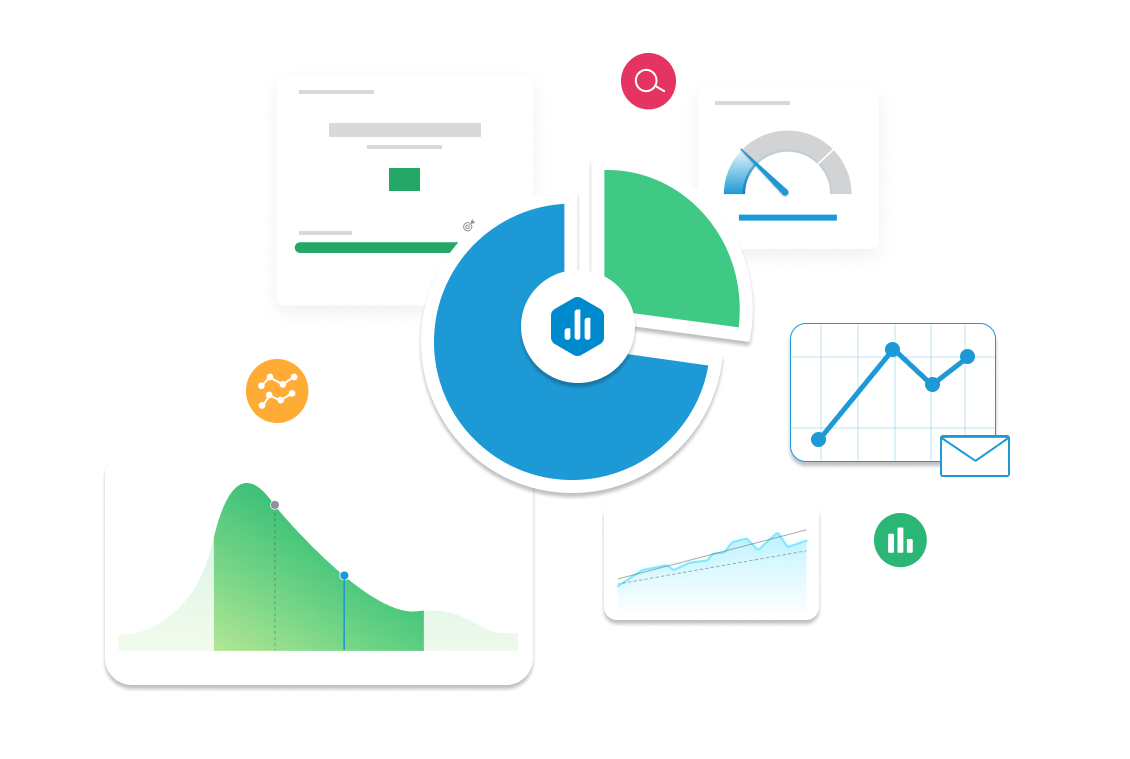Website Traffic
Discover how Website Traffic helps businesses measure online visibility and user engagement. Learn how to track, analyze, and optimize website traffic to increase conversions and brand awareness.

| Category |
Marketing |
|---|---|
| Type |
Leading Indicator |
| Calculation |
Website Traffic = Total Unique Visitors or Sessions Over a Specified Period |
| Measure |
Tracks the total number of visitors and their behavior, helping businesses evaluate digital marketing effectiveness and website performance. |
| Data Sources: |
Google Analytics, Google Search Console, HubSpot, SEMrush, Ahrefs, Matomo. |
| Frequency |
Tracked daily, weekly, or monthly to assess website performance and optimize marketing strategies. |
Example target
Increase website traffic by 30% in Q3 by improving SEO, running targeted ads, and enhancing social media engagement.
Example Reports Use Case
A Digital Marketing Manager tracks Website Traffic to measure the impact of SEO, PPC, and content marketing efforts. If traffic drops, they may optimize keyword strategies, adjust ad targeting, or improve content relevance.



